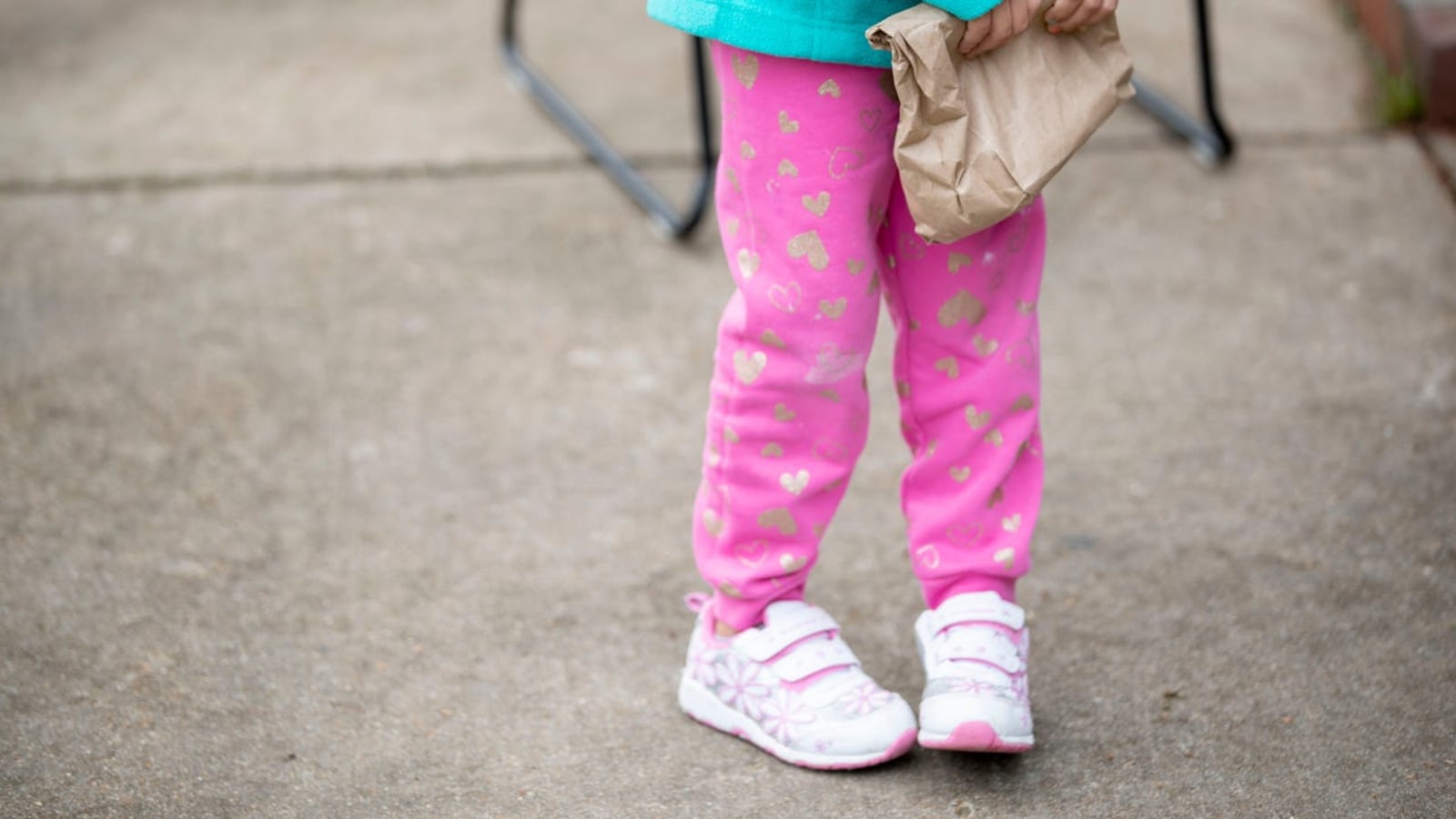With school cafeterias closed, New York City has opened 400 campuses serving about 250,000 grab-and-go meals a day to students or any other residents who need food.
It’s a fraction of the 900,000 meals served daily in school cafeterias before the pandemic, and it is only making a dent during this time of need, as many New Yorkers have lost jobs or are unable to work because they’re sick with the coronavirus.
Many local nonprofits that typically work within schools and with young people to teach healthy eating are stepping up to make sure students are fed while school cafeterias are closed.
But the same organizations that are providing groceries and meals — some of which are providing direct food assistance for the first time, while others are significantly ramping up their food distribution efforts — are themselves facing dire economic circumstances, a new survey shows.
They are facing increased costs while seeing their budgets shrink, according to the Food Ed Hub, a coalition housed within the Laurie M. Tisch Center for Food, Education & Policy at Columbia University’s Teachers College. Reported losses for some organizations are expected to top $1 million, respondents said.
“Many organizations report that it is very likely that they will temporarily or permanently reduce the number of overall staff,” the Food Ed Hub report said.
The cost of distributing food is up, along with the need to buy protective gear and increase overtime pay as workers become sick. But the public health crisis means that organizations are expecting cuts to government contracts, while social distancing rules mean they can’t put on paid programs or host fundraising events that help bolster their bottom lines.
Food pantries across the city have also raised the alarm, and officials recently approved a $25 million infusion to help keep shelves stocked.
In the meantime, food education nonprofits are doing all they can.
Before the coronavirus pandemic, The Brotherhood/Sister Sol operated a food pantry once a month and provided hot meals to all of the young people who came to the organization for after school programs.
Now, the West Harlem nonprofit has doubled the pantry’s hours and its reach, feeding some 400 people every two weeks. Students can pick up a generous load of groceries stuffed with fresh fruit and canned beans, or even have staff drop it off at their door.
“That is a necessity for a pandemic,” said Nando Rodriguez, a coordinator for the group. “It’s healthy, fresh, local food that they’re getting.”
In addition to mobilizing around food security, the organization is redirecting resources to counseling, and hoping that funders will understand that they need to be nimble in the current climate.
“This is something that no one in our field knew was coming,” Rodriguez said. “We have had to change our ways with the funds that we’ve gotten to continue to provide for our members.”
Many of the member organizations surveyed said the pandemic hasn’t changed the need to address health disparities in low-income communities of color that can often be driven by lack of access to a nutritious diet, and are shifting their programming online.
“We know that people with underlying diet-related diseases — they have hypertension, diabetes, heart disease — they’re just more susceptible to COVID-19. Diet is a key part of the problem here,” said Julia McCarthy, director of the Food Ed Hub. “This is an opportunity to double down on prevention strategies.”
Organizations that would usually work with students to grow fresh vegetables or measure out how much sugar lurks in a soda can are now launching YouTube channels and setting up Google classrooms. They’re sharing healthy recipes with ingredients that are affordable and readily available at a time when many staples are hard to find — or connecting with students like they did when school buildings were open.
City officials knew that closing school buildings would exacerbate food insecurity. Roughly 70% of the nearly 1 million children in city schools are low-income, and thousands of students rely on school cafeterias for food.
Brooklyn Borough President Eric Adams thinks more people would be able to take advantage of the free meals now available at schools if the city changed the times that they are available for pickup. Last week, Adams wrote to the mayor and chancellor, saying the current schedule, from 7:30 a.m. until 1:30 p.m., interferes with remote learning time for students and work obligations for parents.
“We need to take that barrier out of the way,” Adams said in an interview with Chalkbeat. “You can’t make a choice between eating and education.”
The education department said it is not considering changing the school food schedule.
To ensure no one goes hungry, Claire Raffel, deputy director of the Laurie M. Tisch Center for Food, Education & Policy, which houses the Ed Food Hub, said the city should work more closely with existing organizations, such as the members of its coalition.
“There’s an opportunity here for the city to really strategically partner with all these organizations in our coalition, who have really close ties to families and communities to help get the word out about meals being provided by the city,” Raffel said.


